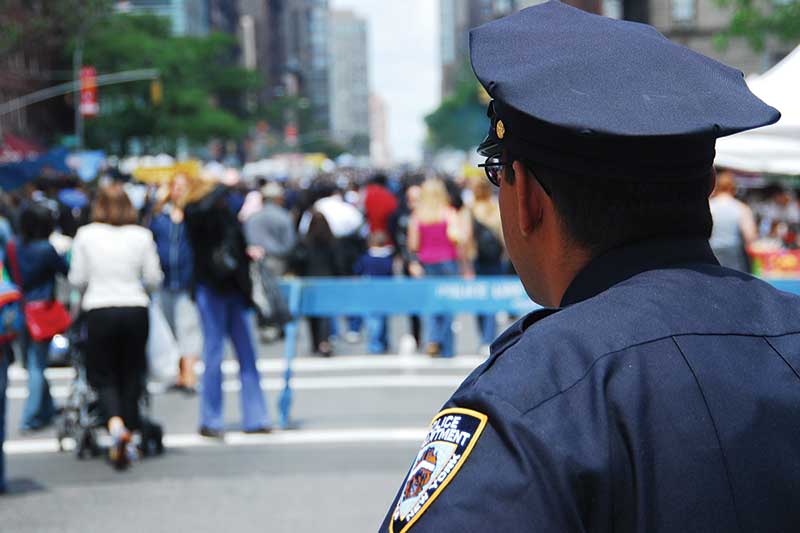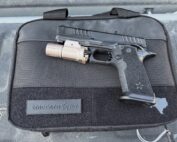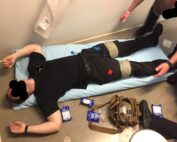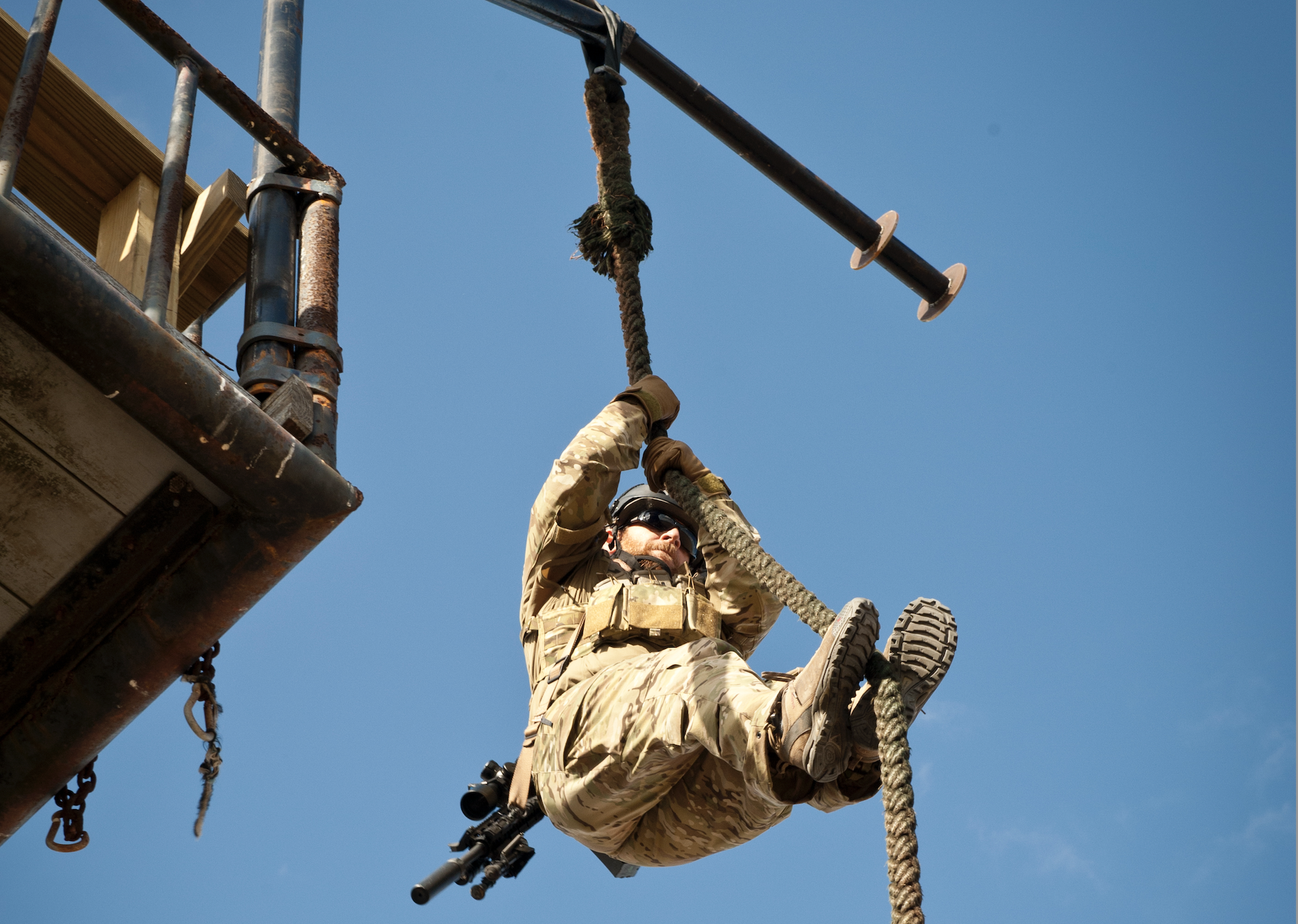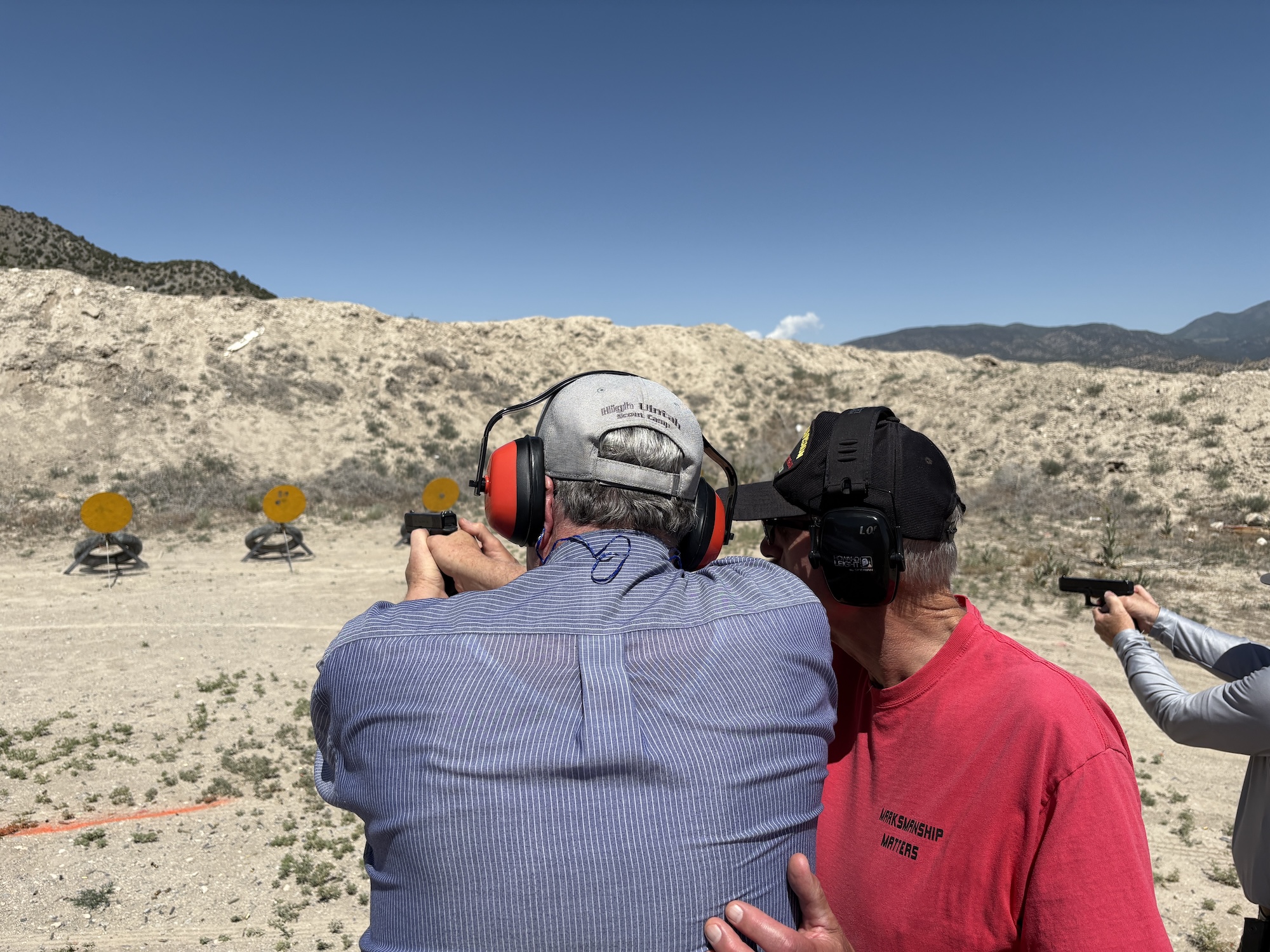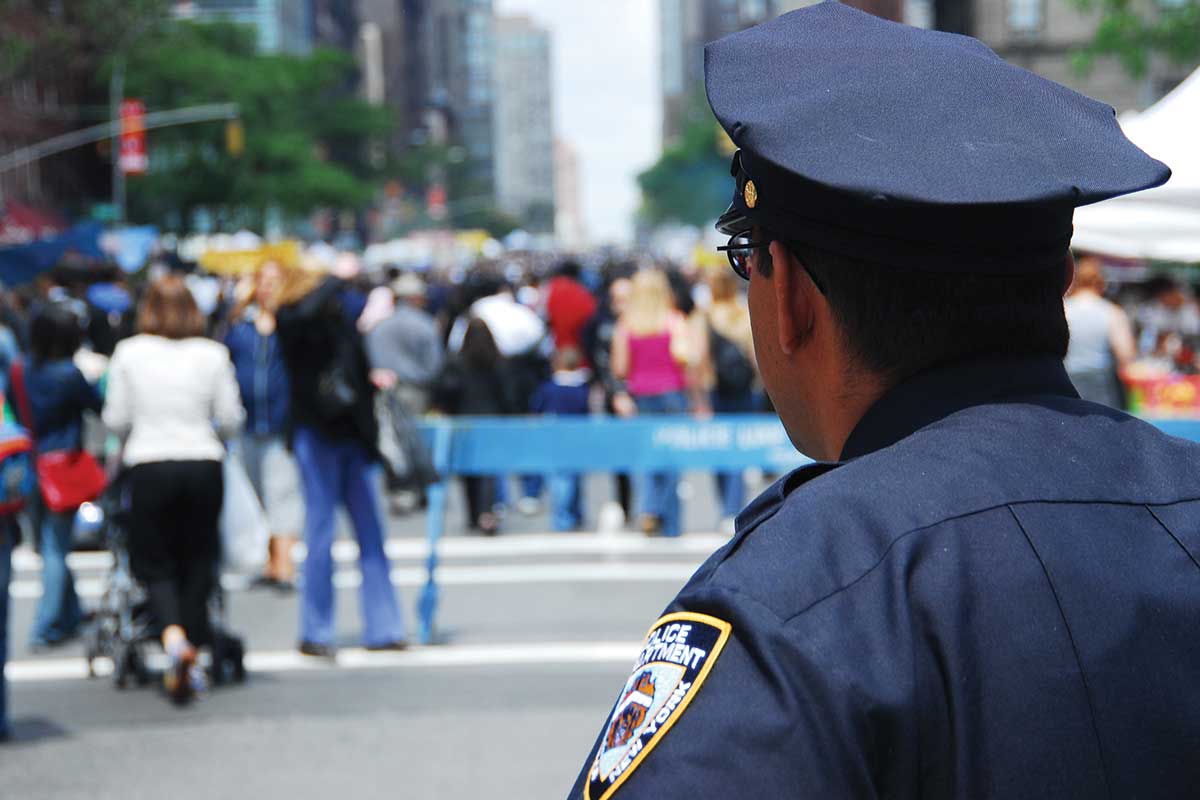
ACJA11_looking-36-1-800
You’d never tag Amy Herman as a law enforcement trainer. Tall, chic and sophisticated, you might guess she’s an expert on fi ne art, working for a major gallery or perhaps a Manhattan corporate attorney. Actually, she’s all three. Ms. Herman has a master’s in art history and a law degree. Her career began with practicing law at a private firm in New York City, but her love of art led her to combine the two, working with the Brooklyn Museum of Art, the Frick Collection in Manhattan and others.
Now, if you spot her striding through the Metropolitan Museum, she’ll probably be leading a group of cops. The increasingly respected course she teaches is called The Art of Perception, and her “training aids” are the masterpieces on the Met’s walls. Cops already know how to look. Herman teaches them how to see, and objectively analyze and articulate what they’re seeing. It’s not about the art; it’s all about what’s going on in the painting. Brush strokes, texture and styles are irrelevant. The artists and the names of their works are unimportant. Reading labels is discouraged.
Ms. Herman often stops in front of a painting and simply asks officers, “What do you see?” one of the first rules given is not to point; keep hands lowered and speak; describe exactly what you’re looking at without providing the easy visual cue. Just think about that for a moment: to point and say “See right there? That, uh … thing!” makes for fast communication, but it short-circuits vital deductive analysis and articulation. Having to clearly articulate what you’re seeing without first drawing conclusions about it not only forces the observer to make a much more detailed account, but while doing so, it stimulates greater focus, which prompts discovery of more detail, and creates a superior and indelible memory of the observation. That’s valuable on-scene, and extremely valuable — perhaps years later — in court.
THE OBVIOUS … ISN’T
The second rule is never to say, “obviously …” and to look beyond the obvious. one image she uses with great effect is George de La Tour’s 1630s oil painting The Fortune Teller. Obviously, the painting shows a sissified young man, three young women and an old crone who seems to be showing the gentleman a coin or talisman. Looking beyond the obvious, observers can see — this guy’s getting robbed blind! His purse is being lifted by one girl, to be handed off to another, while the third is severing his gold chain, taking the golden pendant from it. The crone is distracting him, and he’ll be fleeced before he knows it. Many officers would conclude just from taking a more analytical look at the younger women’s eyes and head positions that something’s wrong here, even before noticing their hands. But they have to be looking beyond the obvious.
The proper term for this skill is deductive observation.
THE BEST OBSERVATION TOOL
In the early 90s, some trainers I met through FLETC and I performed an experiment in observation skills. Selecting pairs of patrol cops working 2-officer cars at least three days per week, we gave them some quick, fairly superficial tips, like resisting the impulse to quickly shift focus from one point to another. It’s a natural tendency; looking for action — something happening right now — rather than seeing a situation. We wanted them to “range” with a sweeping gaze; become more aware of their peripheral vision and only focus on points, which attracted specific attention.
“The increasingly respected course she teaches is called the Art of perception,
and her “training aids” are the masterpieces on the Met’s walls. cops already
know how to look. Herman teaches them how to see … ”
Then we equipped them with a monocular or compact binocular, to be used primarily by the passenger officer. Many 2-officer teams divide observation duties by left and right, driver and passenger sides. We urged both to “go 360” as much as possible, with the passenger officer ranging out to longer distances using the optic.
Both were to keep up a verbal running commentary on what they were seeing.
Results were immediate and significant: They spotted and acted on far more activity, and were amazed at the gains made. But it went beyond that. The in-creased perception and detection was also present when they worked alone — and without the optics. Two interacting observers were indeed more effective than one, and the optics proved very helpful too. But neither factor proved to be as powerful as simply making them more aware of the importance of methodical, conscious observation, and putting some discipline into it.
Several officers said that when working alone; they found themselves whispering “running commentary” to them-selves, and, as one put it, “It seems like hearing what I was saying, how I was de-scribing scenarios, helped me organize my thoughts, identify things I should investigate further, and focus more on observation.”
Once again, as with so many other tactical skills, the best tool proved to be that wet gray computing device between the cops’ ears. It just had to be stimulated, directed and supervised. That seems like your job, sergeant.


 (No Ratings Yet)
(No Ratings Yet)